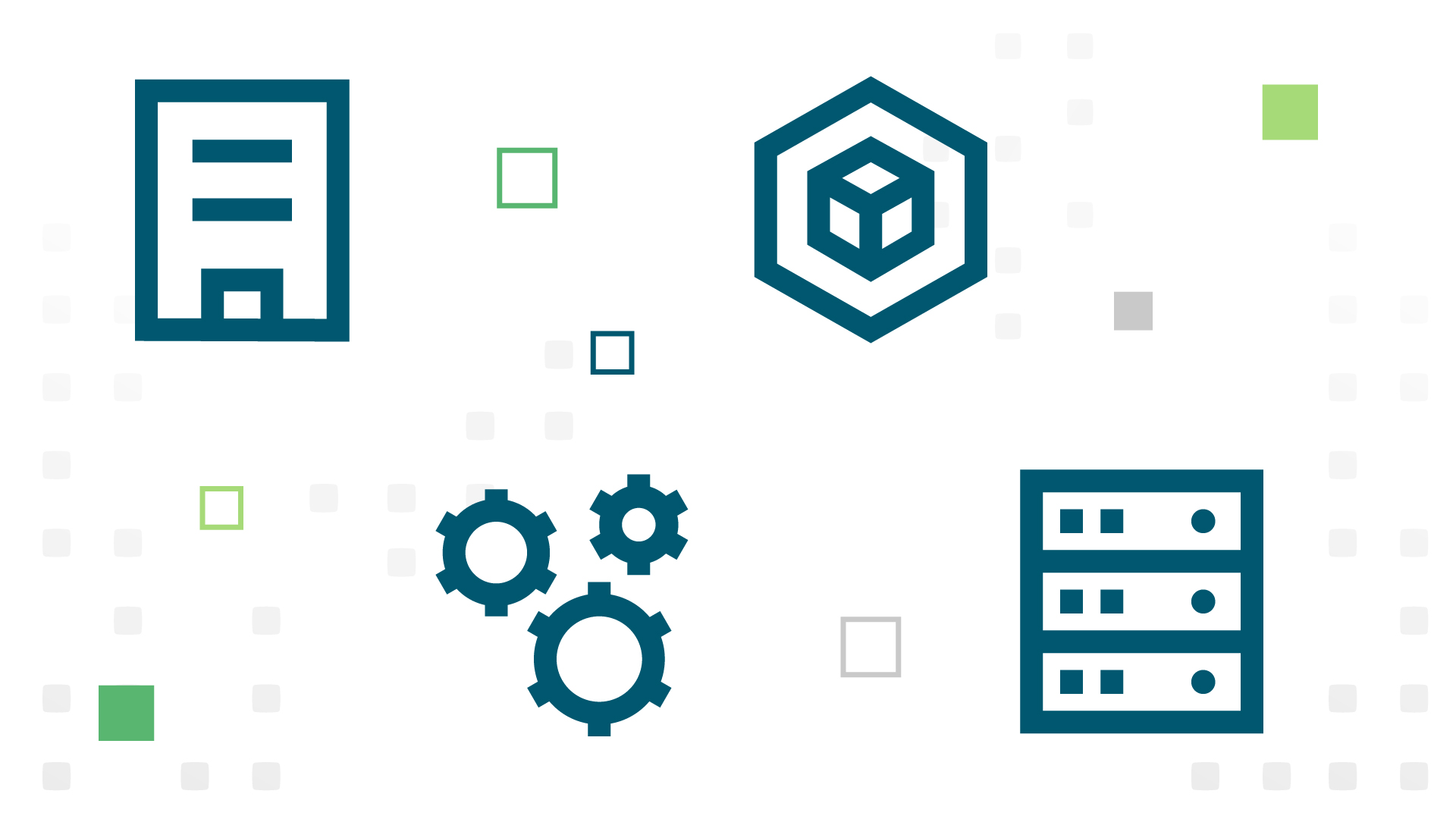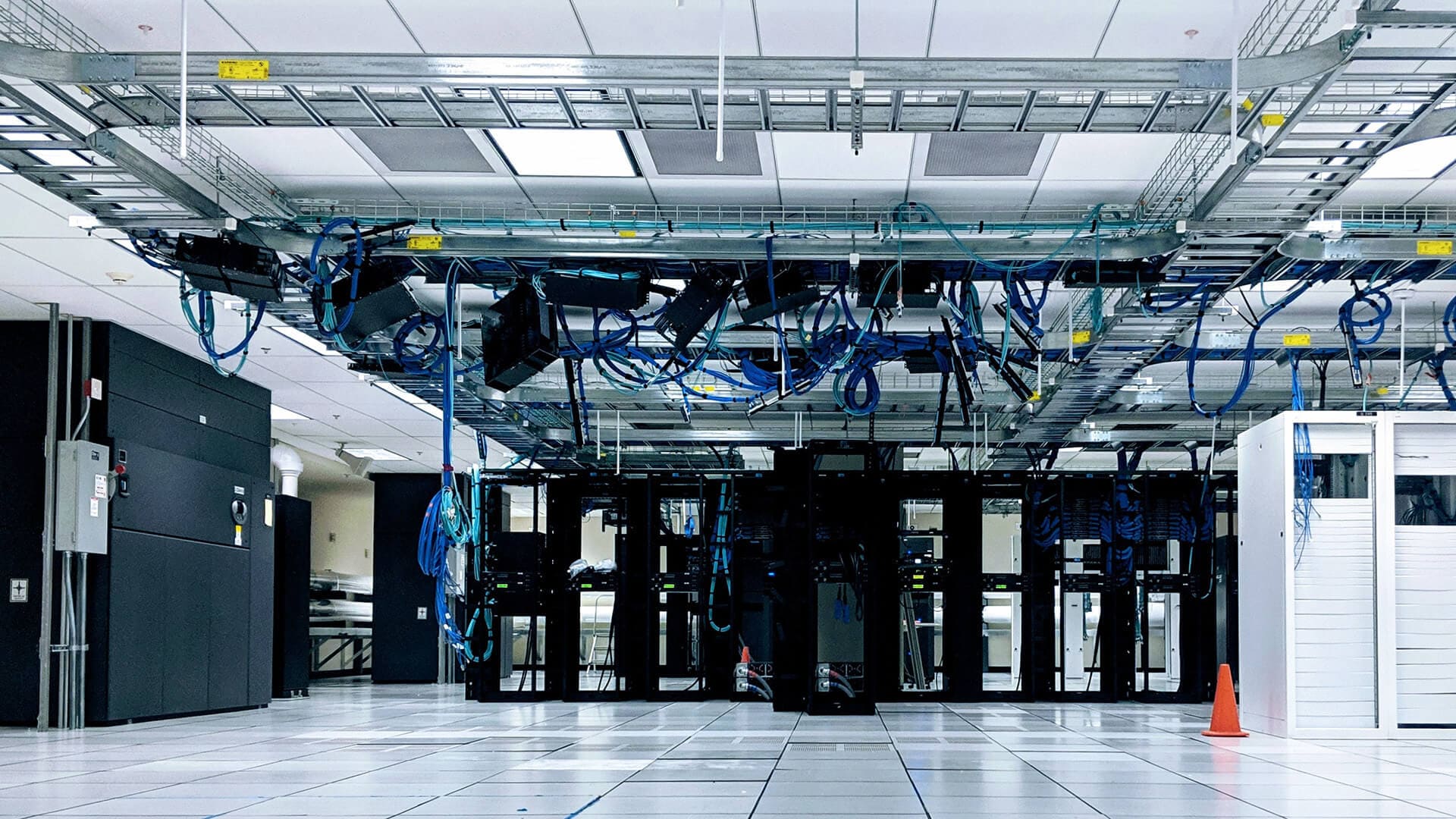When adopting Kubernetes in your enterprise, the rule of thumb should be to walk before you run.
Too often, we’ve seen companies attempt to make the adoption via a “lift and shift” approach, which, while possible, doesn’t actually help them realize the benefits of adopting Kubernetes in the first place.
Put another way, just because an enterprise’s apps and VMs can be dropped into Kubernetes doesn’t mean they should.
So what should an enterprise do instead? Every company has different needs and technical maturity levels, but in general, there are certain steps every enterprise should take in order to successfully launch Kubernetes.
Here are five of them:
 1. Get buy-in across the board
1. Get buy-in across the board
Transitioning to a radically different development process isn’t something that should be done in a rogue-like fashion.
Every stakeholder in an enterprise—from IT and developers to C-level executives and higher—needs to be on the same page before making the shift.
Even companies that have already transitioned from monolithic development to containers need to know and understand the benefits of adopting Kubernetes, as well as the costs and challenges involved.
 2. Understand your current capabilities and needs
2. Understand your current capabilities and needs
We’ve published an entire eBook on why it’s important for enterprises to understand their own technical maturity before adopting new tools and technologies.
In short, understanding your technical maturity makes it possible for you to measure how well your enterprise’s efforts produce outcomes related to enterprise technology.
Does your company really need to adopt Kubernetes? How much help will you need to make the adoption? Are you able to get the most out of Kubernetes once you’ve adopted it?
The answers to these and other questions will inform your decision before you make it, potentially saving you from wasting time and money.
Hand in hand with understanding your technical maturity is fully assessing your needs. This usually means answering more granular questions, such as:
- Does all your development need to run in Kubernetes, or does some of it need to remain in databases?
- If you still need to utilize databases, will they need to be running externally? If so, how will they communicate with Kubernetes?
- Will all your development be transitioned to the cloud, or will you need to adopt—or keep—a hybrid approach to storage?

 3. Take a thorough inventory
3. Take a thorough inventory
Knowing the lay of your land before you embark upon your Kubernetes journey will save you time and resources in the long run.
Make sure you have a thorough catalogue of things like how many VMs you’re currently running and whether any of them are containerized. Know which programs you’re utilizing, such as Windows or Linux.
If you rely on legacy systems, find out whether the developers who wrote the original code are still with your company—and if not, see if you can track them down. Ensure your ops team has the ability to bring all your apps back online if they crash.
 4. Assess your applications
4. Assess your applications
Not every app your enterprise uses will be suitable for Kubernetes.
Some monolithic apps will need to be modernized and broken down into microservices in order to fully benefit from containerization and Kubernetes. Other applications will need to be abandoned outright and replaced.
For more on app modernization and innovation, check out our free whitepaper on the subject.
 5. Determine whether to go with managed or unmanaged Kubernetes
5. Determine whether to go with managed or unmanaged Kubernetes
Cloud providers offer managed Kubernetes services where your development clusters are managed for you. The benefit of this is simplicity, since all you need to deploy are worker nodes that can launch your apps for you.
The downside of this approach, though, is that you don’t have full control over all the different aspects of your clusters. If you need advanced features, such as specific networking requirements, you should explore other Kubernetes options.
This has its own drawbacks, however, since going the non-managed route will mean you’re in control of the master—the controller nodes and your worker nodes. And if your master goes down, then it will be up to your ops team to bring it back up.
 Bonus step: Get help where you need it
Bonus step: Get help where you need it
Even if your enterprise is not currently ready to adopt Kubernetes, it doesn’t mean you can’t get the process rolling.
Companies like ours can help you with every aspect of the adoption process, from assessing your technical maturity to developing a step-by-step plan for putting Kubernetes to work.
If you want to learn more about adopting Kubernetes, reach out to one of our experts and we’ll help you get started.
Categories
- Cloud Migration and Adoption
- Enterprise IT and Infrastructure
- Artificial Intelligence and Machine Learning
- Data Management and Analytics
- DevOps and Automation
- Cybersecurity and Compliance
- Application Modernization and Optimization
- Featured
- Managed Services & Cloud Cost Optimization
- News
- Workplace Modernization
- Tech We Like
- AWS
- Social Good News
- Cost Optimization
- Hybrid Cloud Strategy
- NVIDIA
- Application Development
- GPU




